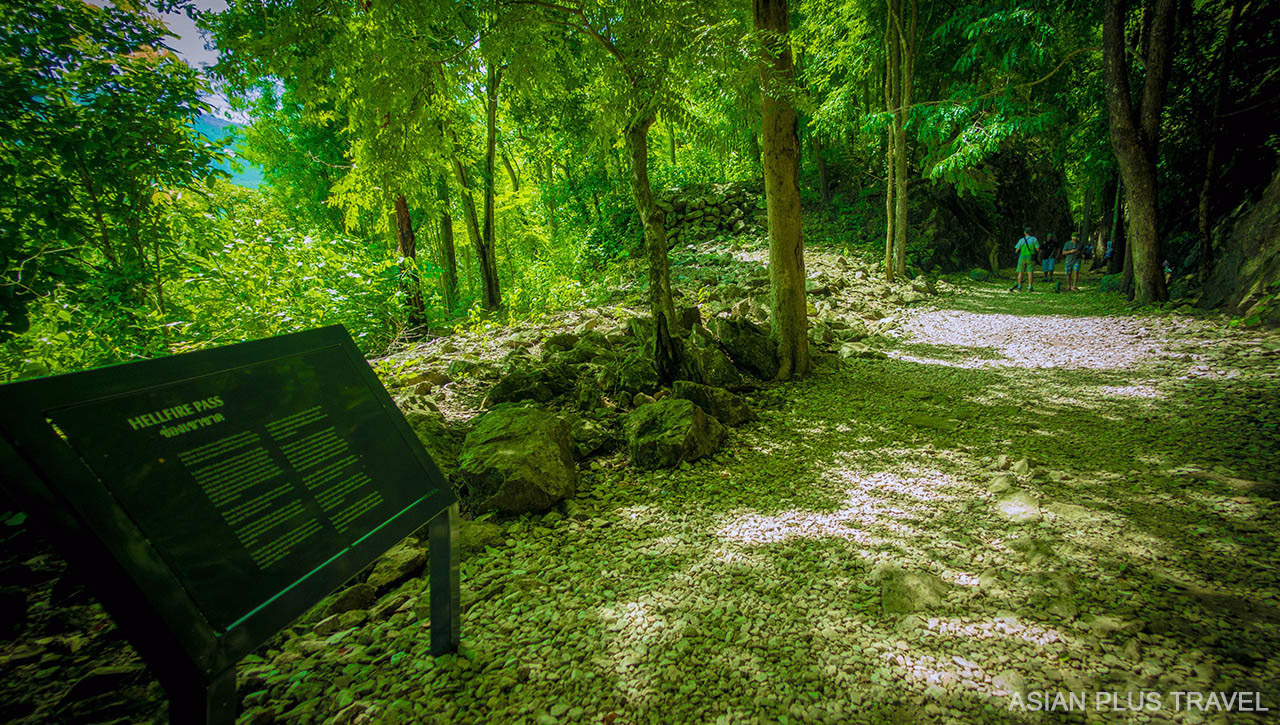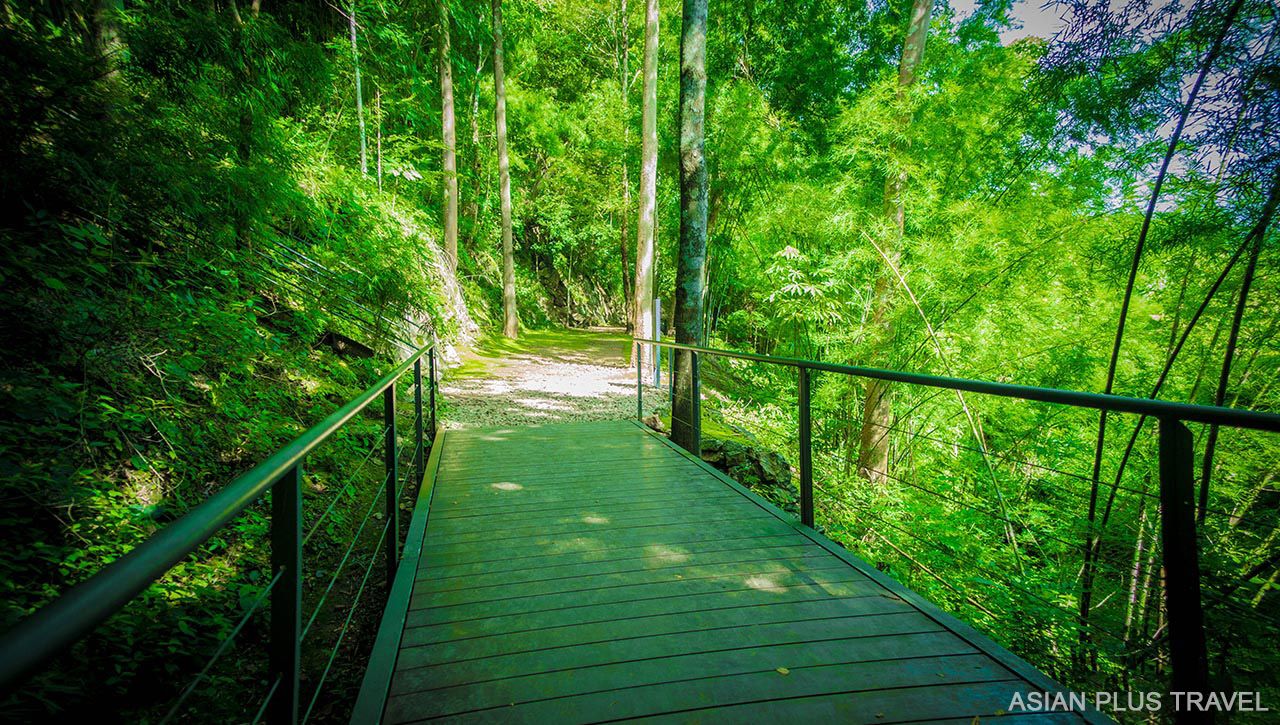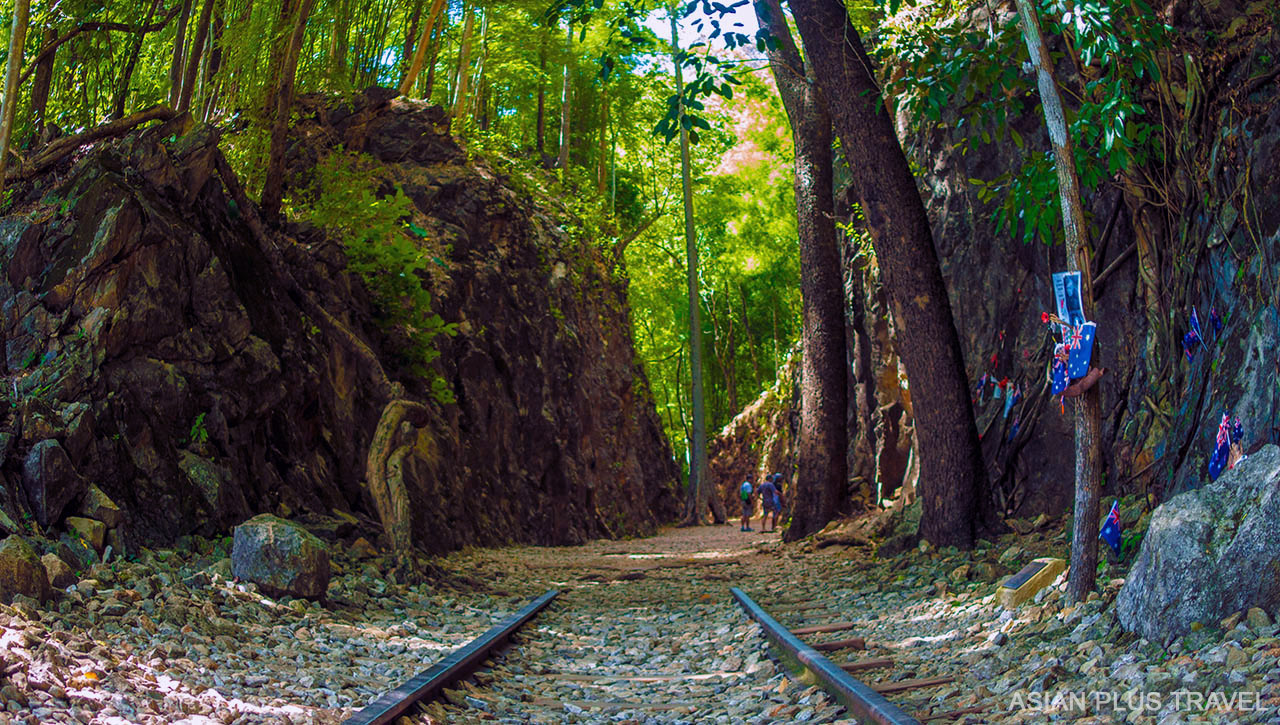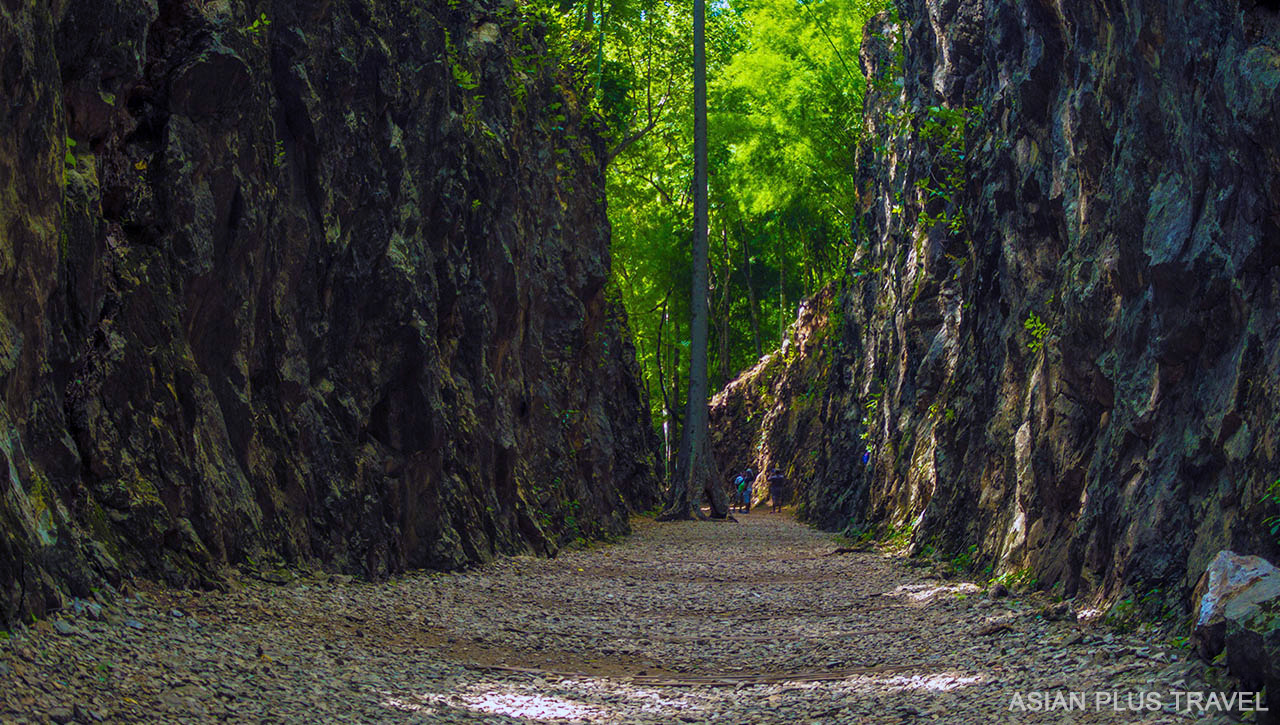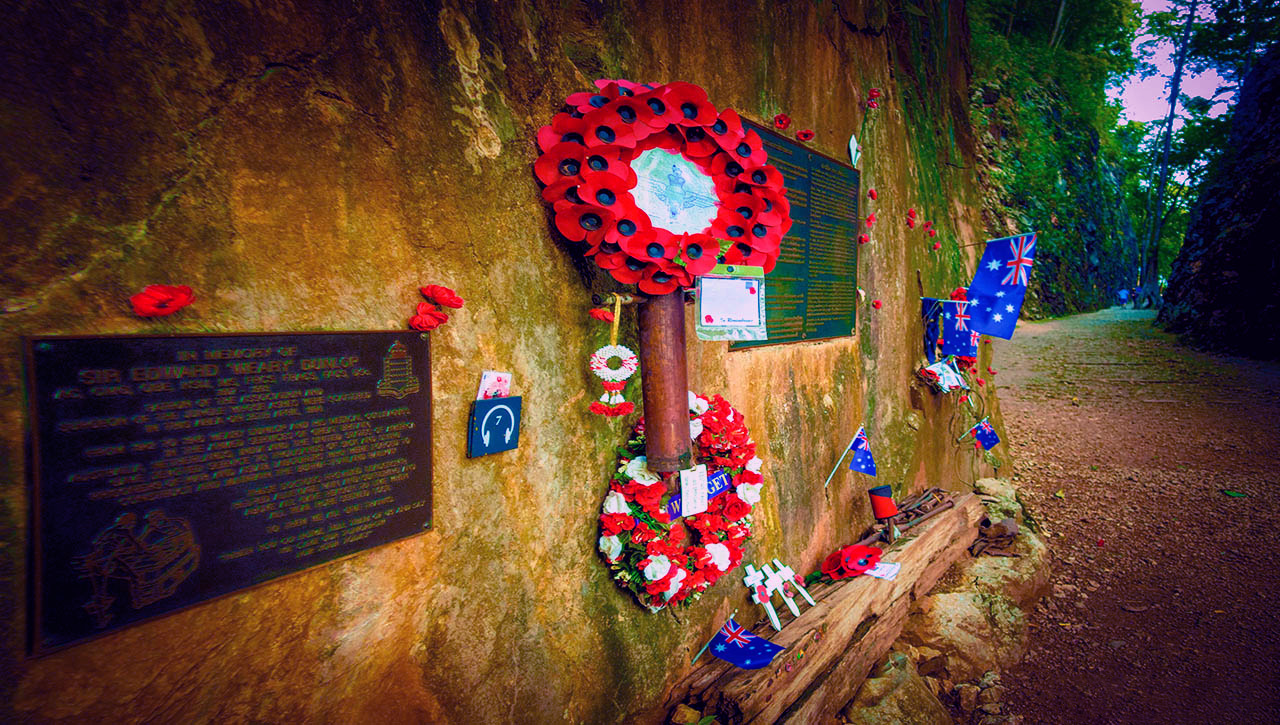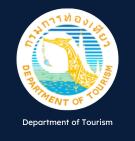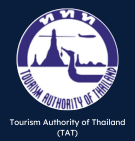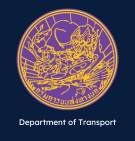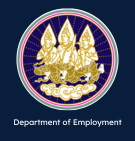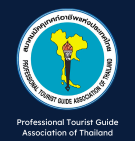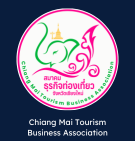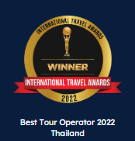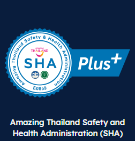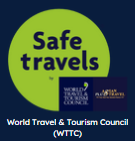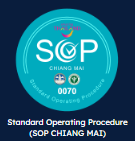FULL DAY: Bridge Over The River Kwai + Hellfire Pass Memorial
06:30 hrs
Depart for Kanchanaburi, located 128 kilometres (80 miles) west of Bangkok. It is Thailand's third largest province with an area of 19,486 square kilometres. The provincial area is mountainous and has the west border next to Myanmar.  (2 hours drive)
08:30 hrs
Visit JEATH War Museum, a realistic depiction of prisoner of war living quarters, with photographic, pictorial and physical memorabilia dating from World War II.
09:00 hrs
Continue to Kanchanaburi War Cemetery. It contains the remains of 6,982 war prisoners (mostly the British, Dutch, Australian and American) who lost their lives during the construction of the Bridge over the River Kwai and the railway to Burma (the Death Railway).
09:15 hrs
Then depart Kanchanaburi Town for Hellfire Pass in Sai Yoke Districk. (1 hour drive)
10:15 hrs
Arrive Hellfire Pass Memorial Museum, The museum explains to visitors the story of why and how the railway was built and attempts to convey the hardships and suffering endured by so many who were forced to work in extremely harsh conditions. The Hellfire Pass Memorial Museum symbolizes the importance of this site to the Australian people.
After visiting the memorial museum and contemplation deck, we are encouraged to proceed to the walking trail. The walking trail follows the alignment of the original Burma-Thailand railway for approximately four kilometres from Hellfire Pass to beyond Compressor Cutting. Small shelters and interpretative panels have been provided at various locations and toilets are available at the Hintok Road stop.
Hellfire Pass is the name of a railway cutting on the Death Railway in Thailand, known by the Japanese as Konyu cutting. There is a museum co-sponsored by the Thai and Australian governments at the site to commemorate the suffering of those involved in the construction of the railway. Konyu cutting was a particularly difficult section of the line to build due to it being the largest rock cutting on the railway, coupled with its general remoteness and the lack of proper construction tools during building. A tunnel would have been possible to build instead of a cutting, but this could only be constructed at the two ends at any one time, whereas the cutting could be constructed at all points simultaneously despite the excess effort required by the POWs. The Australian, British, Dutch and other allied Prisoners of War were required by the Japanese to work 18 hours a day to complete the cutting. It was estimated that 68 men were beaten to death by the Japanese guards in the six weeks it took to build the cutting, although many more died from cholera, dysentery, starvation, and exhaustion [Wigmore p568]. However, the majority of deaths occurred amongst labourers whom the Japanese enticed to come to help build the line with promises of good jobs. These labourers, mostly Malayans (Chinese, Malays and Tamils from Malaya), suffered mostly the same as the POWs at the hands of the Japanese. The Japanese kept no records of these deaths. There are 4 Commonwealth War Graves Commission cemeteries along the line of the railway, 2 at Kanchanaburi in Thailand, and another as Thayzakarun in Burma. The railway was never built to a level of lasting permanence and was frequently bombed by the Royal Air Force during the Burma Campaign. After the war, all but the present section was closed. There are currently no plans to reopen it.
12:30 hrs
Scenic boat ride along the River Kwai.
13:00 hrs
Lunch at local restaurant.
14:00 hrs
Visit Sai Yok Noi Waterfall, located on highway 323. We can visit there easily from the car park. Head back to Kanchanaburi Town. (45 mins drive)
15:00 hrs
Then visit world-famous Bridge over the River Kwai, a part of the Death Railway constructed by Allied prisoners of war. Take leisurely walks around town and pictures on the world-renowned Death Railway.
16:00 hrs
Leave from Kanchanaburi pass green paddy fields, villages, and temples then return to Bangkok. (2-2.5 hours drive)
18:00 hrs
Arrive your hotel.
